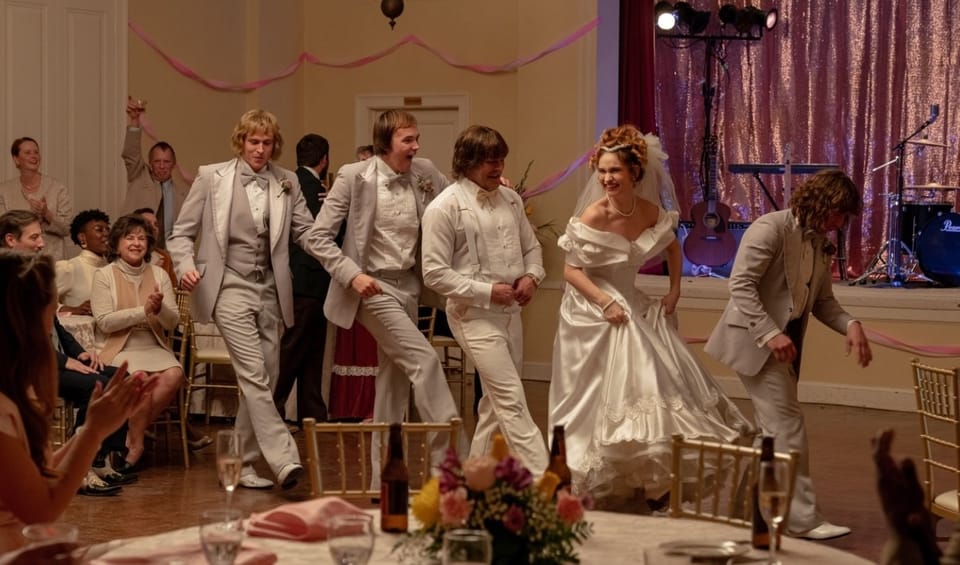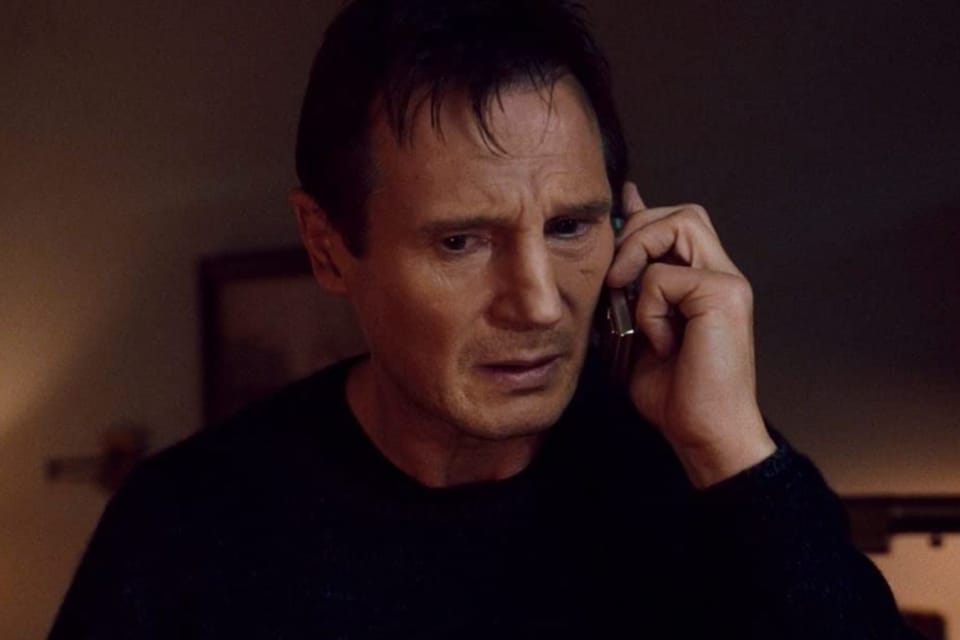How does the character solve problems?
How a character solves their problems is a defining characteristic that we often forget.

The Story and Plot Weekly Email is published every Tuesday morning. Don't miss another one.
Inside the Story and Plot Pro session, we have spent some time discussing each project's story and the transformation of the protagonist (if they do change — a few stories are about a protagonist that remains steadfast).
We are, of course, discussing the two most important questions of character:
- What do they want?
- What they're willing to do to get it.
That first question gets the most attention since it drives the action. It also tends to be much more nuanced, with the internal and external want riding side by side and even the external want changing from scene to scene in pursuit of the larger want.
I don't think writers spend enough time on that second part.
That is, what the character is willing to do to get what they want.
It's just as important to the dramatic action, and while some stories see a character change their external want at the midpoint, it is more common to see the midpoint change what they're willing to do to get it.
Characters often want the same things.
They want status, money, and power, and only their motives are different.
Some want these things for healthy reasons and others for unhealthy reasons.
And of course anyone would want a problem to go away.
In these cases, what distinguishes people is not their external want, but what they're willing to do to get it.
The nature of this question tends to lead us to ask the most extreme thing they would do, but this isn't always helpful.
This doesn't leave room for tactics or for growth in the narrative, because this extreme will often change as the character does.
Sometimes we will try to describe what type of person a character is.
They're the wallflower. They're a bully. They're the smart one of the group.
This isn't useless, but it tends to be a judgment rather than narrowing in on what can help you choose their next action.
We can often spend way too much time on backstory.
This can help with motive and empathy, but it is not character itself.
People can respond to similar past events in different ways, so it doesn't tell us how they will act in any given scenario.
I have found one of the best ways to get to the heart of this question is to simply ask:
How do they normally solve problems?
When confronted with a problem, what means, tactics, and coping mechanisms do they implement to solve it?
It can be positive, negative, or simply a learned behavior.
I often think of the moment in HOOK when he first offers to write a check, and then threatens to sue. Two classic tactics of a lawyer.
This style of problem solving will usually dominate Act 2A.
For stories where the protagonist changes, they are thrust into their new world (the one with the problem), but are only equipped with their old ways.
Barbie is filled with joy and optimism and is sure she just has to show up, the little girl will see her, love her, and all will be fine.
John McClane is convinced that all he needs to do is call for backup and things will take a turn for the better.
Tony Stark in THE AVENGERS believes he can do it all on his own and doesn't need to work with anyone else.
The girls in BOOKSMART think they can come up with a quick plan and solve their problem of missing the high school experience in one night. They set a goal and intend to objectively achieve it, just like they always have. Easy peasy.
The midpoint is the last gasp of the character's former self.
Their tools, their normal problem-solving, the first plan, whatever it is, is going to fail. This failure will lead them to changing the way they do things.
So, if we define a character by:
- What they want.
- What they're willing to do to get it.
Victory at the midpoint will often lead to #1 changing followed by #2.
Defeat at the midpoint leads to #2 changing.
I write this like it's a mathematical formula, but it isn't.
There are always exceptions, and it's the execution and emotional pull that count.
Barbie realizes she isn't what she thought and runs home.
John McClane realizes that if his wife is going to live, it's up to him and only him.
Tony Stark realizes he has to work inside a team.
I like the 4-Act Through Line
That is, one clear line through for each act that tells me where the character is and their want that drives the narrative.
I have a lot of these through lines, my favorite being:
- Act 1: I have a problem.
- Act 2A: I think I'll solve it.
- Act 2B: This is harder than I thought.
- Act 3: The sacrifice.
Here is another:
- Act 1: Old self, Old tools, Old world.
- Act 2A: Old self, Old tools, new world.
- Act 2B: Changing self, new tools, new world.
- Act 3: New self, new tools, new world.
The key here is Act 2B.
They are acquiring the new tools (physical, spiritual, emotional) to solve their problem, but it doesn't matter, they haven't transformed yet. Their old self is dying and becoming something new.
They don't do that until the realization, and it's not fully tested until the sacrifice.
But it's not just story theory either.
Yes, I love that stuff, and I love it when it all comes together in an emotionally satisfying story. Theory can be effective problem-solving tools for when things aren't working (If things are working, don't go looking for reasons why they aren't.)
But you still have to write the pages. You still have to write tomorrow, and how does any of this help you write?
It helps you write because knowing how a character solves their problems tells you what they do next.
It tells you next steps.
And it tells you how they will fail and what to throw against them to force them to change. Even if it means giving them the very thing they wanted.
And learning they don't really want it at all.
So if you really want to know your character...
Decide what they want. This includes what they think they want and then what they learn they REALLY want.
But don't forget what they're willing to do to get it.
Play scenarios in your head. How do they solve everyday problems?
Do they ignore them? Tackle them head-on?
Are they one of those people who think expressing worry is the same thing as doing something?
Do they lie and manipulate? Discuss and negotiate?
And for protagonists that change, how do their normal ways of problem-solving fail them at the midpoint? Either through defeat OR victory?
Did you ever notice that Indiana Jones pretty much stops being an archaeologist at the midpoint?
In the beginning, he finds the idol and Belloq takes it from him. Indy doesn't chase or fight to get it back.
But when Indy finds the Ark, Belloq takes that, too! But this time Indy chases and he doesn't let go. No more maps, no more digging, just unending resolve.
Until it's time to choose what he really wants, Marion or the Ark. And he chooses Marion.
The Story and Plot Weekly Email is published every Tuesday morning. Don't miss another one.
When you're ready, these are ways I can help you:
WORK WITH ME 1:1
1-on-1 Coaching | Screenplay Consultation
TAKE A COURSE
Mastering Structure | Idea To Outline




